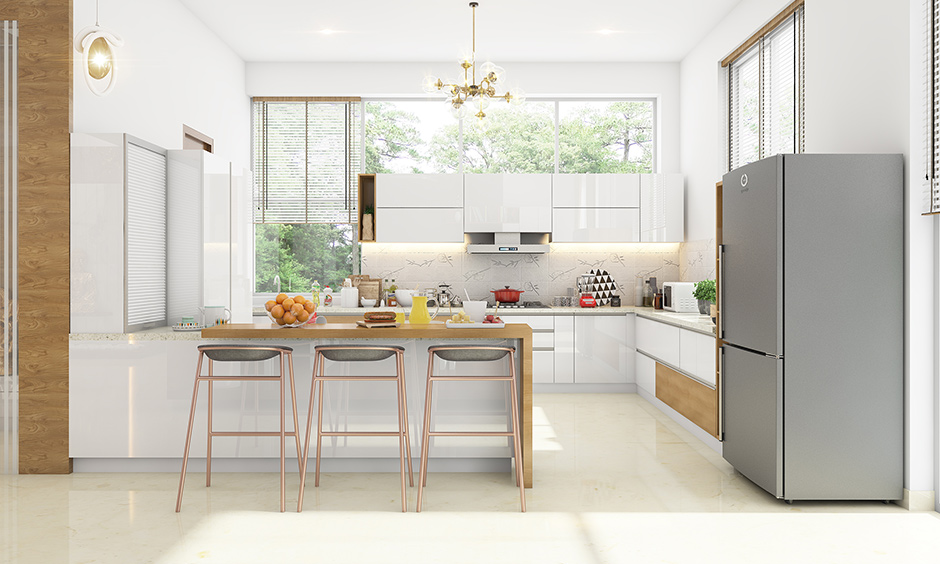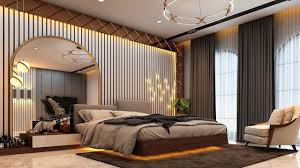#KItcheninterior
-
Kitchen interior
Designing a kitchen involves combining functionality with style to create a space that’s efficient, practical,… Read More
Most Read
Author Details

Bebisha Wagle
Members of Kanta Dab Dab, a band specialising in fusion of local Nepali and Western music elements, talk about their…
Advertisement






